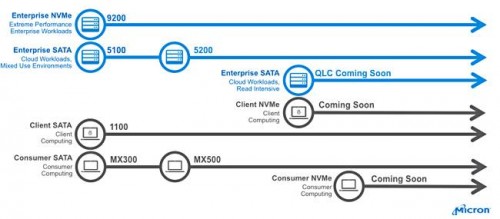
Each cell usually stores one bit of data (a cell can also store more than one bit of data and I will explain to you later). The principle is as follows:Įach page has a space around 4KB or 8KB. If you worry about your SSD's life, you can read the following post to know how to prolong your SSD's life.Īs the flash memory is read multiple times, the contents of adjacent memory cells in the same block will change (become a write operation).

Electrons can't enter the floating gate ( write failure).Because once the number of P/E cycles is exceeded, the following situations are most likely to occur: When this number is exceeded, the block may become unusable. Therefore, write amplification cannot be avoided.Įach NAND block has a limit on the number of times that it can be erased. On the other hand, data is usually written at random and non-continuous locations whether to modify or write data, erasure is required. However, when you erase data, the unit is block.

When you write or read data, the unit is page. In general, a NAND flash chip has multiple LUNs (Logic Unit Number) each LUN has multiple planes each plane has thousands of blocks each block has hundreds of pages.

NAND flash also has its inherent disadvantages like the following ones: 1. Through this charge manner, data can be stored in each NAND memory cell.īut when power is detached from NAND flash memory, the floating-gate transistor will provide an extra charge to the memory cell, keeping the data. When you program one cell (write data), a voltage charge is sent to the control gate, making electrons enter the floating gate. Both gates help control the flow of data. NAND memory cells are made with two types of gates: control and floating gates.


 0 kommentar(er)
0 kommentar(er)
